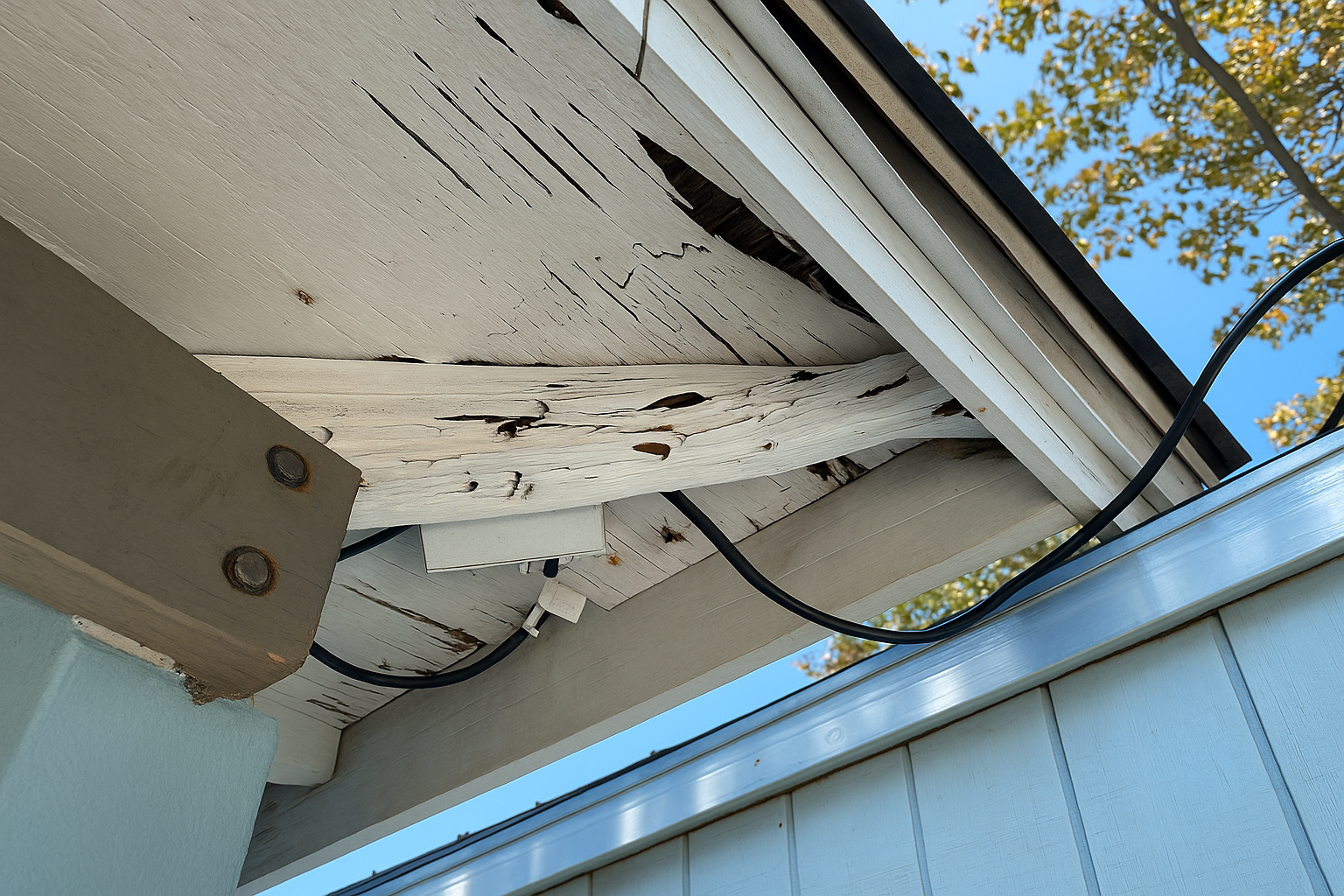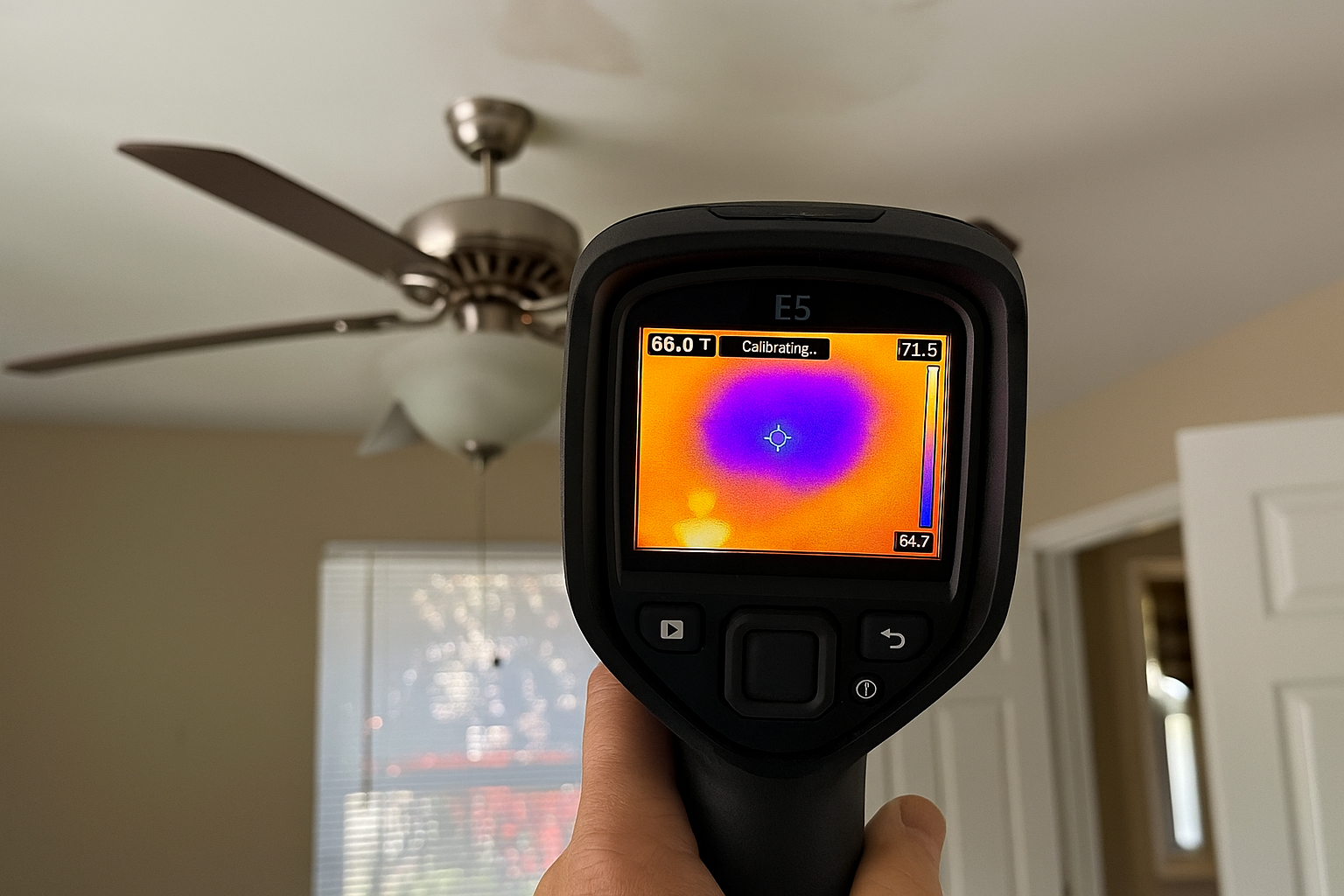Safety First: A Field-Tested Checklist for Solo Inspectors in Vacant Properties
Vacant homes can feel like low-stakes environments—no sellers underfoot, no protective pets, no furniture to navigate. But this illusion of calm hides some of the riskiest conditions an inspector will face: unsecured entry points, inactive or tampered-with utilities, squatters, and latent structural or environmental hazards.
Because solo inspectors lack the built-in safety net of a partner, every visit to a vacant property must follow a rigorous, non-negotiable routine. This field-tested framework is built on three pillars: Personal Protective Equipment (PPE), consistent communication, and a systematic hazard assessment.
1. Suit-Up: Personal Protective Equipment (PPE)
A basic home inspection kit already covers most risk scenarios, but only if you use it consistently and upgrade a few key items specifically for the unknowns of a vacant property.
Head & Eyes
- Bump Cap or Hard Hat: Wear an ANSI-rated hard hat or a simple bump cap. It’s essential for navigating low-clearance attics, crawlspaces, and porch overhangs where you can’t see every hazard. (InspectorPro Insurance)
- Safety Glasses & Goggles: Start with clear safety glasses for general protection. Be ready to switch to fully sealed goggles if you encounter signs of mold, bat droppings (guano), or disturbed, blowing insulation.
Respiratory
- Half-Face P100 Respirator: A simple dust mask is not enough. For properties with potential mold, rodent debris, or asbestos-containing materials (like vermiculite insulation or "popcorn" ceilings), a half-face elastomeric respirator with replaceable P100 cartridges is the minimum standard for protecting your lungs.
Hands & Knees
- Cut-Resistant Gloves: Vacant properties often have rusted electrical panels, broken glass, or sharp-edged debris in crawlspaces. A good pair of cut-resistant gloves is critical. (National Association of Home Inspectors)
- Foam Knee Pads: Protect your knees from nail punctures, hidden screws, and shattered glass when inspecting floors and crawlspaces.
Feet
- Composite-Toe Boots: Leave the sneakers in the truck. Wet basements, broken glass on floors, and loose, nail-studded boards make ASTM F2413-compliant composite-toe boots with a slip-resistant sole an absolute necessity.
Essentials Pouch
- Light Sources: Carry a primary flashlight and a backup headlamp. You can’t inspect what you can’t see, and you can't assume utilities will be on.
- Voltage Tester: Always have a non-contact voltage tester clipped to your shirt or in a pouch for immediate access before touching any electrical component.
- Personal Supplies: Carry a 24 oz. bottle of water to stay hydrated and a basic first-aid kit for minor cuts and scrapes.
Pro Tip: Before you begin, take a quick photo of yourself on-site wearing your PPE. In the event a liability claim ever arises, this photo helps document your professional due diligence.
2. Lone-Worker Check-Ins
The Occupational Safety and Health Administration (OSHA) requires employers to have a system to account for employees working in "isolated locations." As an independent inspector, you are your own safety manager. Mirroring this standard is a crucial part of professional practice.
- Pre-Arrival: Before you leave for the site, text a designated safety partner (a spouse, colleague, or friend) your complete itinerary. Include the property address, any gate codes, and your expected wrap-up time.
- Automated Apps: Use a dedicated lone-worker safety app. Services like SafetyLine or OK Alone use your phone's GPS and an internal timer to monitor your status. They can provide GPS breadcrumbs to emergency services and trigger "man-down" alerts if the phone detects a sudden fall.
- Checkpoint Schedule: Set a check-in timer. By default, check in every 60 minutes. Shorten this to every 15 minutes when you enter a confined space like a crawlspace or attic, or when utilities are off and you are operating in low light.
- Fail-Safe Protocol: The system’s most important feature is escalation. If you miss a check-in, the app automatically notifies your emergency contact, who can then call 911 with your last known GPS ping.
Here’s a simple script to set expectations with clients or agents:
“Because I’ll be on-site alone, I follow OSHA lone-worker best practices with timed check-ins and GPS monitoring for my safety. You may see my phone buzz during the inspection—it’s part of my standard safety procedure.”
3. On-Site Hazard Assessment Flow
Develop a routine and follow the same three-phase scan on every visit—before entry, during the inspection, and before you leave.
Curb-Side Scan (2 minutes)
- From your vehicle, look for broken windows, pried-open doors, or fresh graffiti—all signs that squatters may be inside.
- Note overgrown vegetation, hoses, or areas of standing water that could conceal trip hazards as you approach the home.
Threshold Scan (5 minutes)
- Before entering, knock loudly and announce yourself: “Inspector entering! Is anyone here?” Wait a moment.
- Hold the door open and sweep the immediate entry area with your flashlight. This gives any rodents—or people—a chance to flee.
Interior Walk-Down
- As you enter, take a moment to sniff for the smell of natural gas, chemical solvents, or decay. If you feel light-headed or smell gas, leave immediately and call the utility company.
- Test the stability of every staircase and attic pull-down ladder before committing your full weight.
- Use your non-contact voltage tester to verify that the electrical panel cover is de-energized before you touch and remove it. Lock it out if possible.
Hidden Spaces
- Crawlspace: Tap floor joists with a screwdriver or awl. Wet or rotted wood will make a dull thud instead of a sharp rap.
- Attic: Probe insulation to check the depth, but always watch where you step. Assume all decking is unstable and stay on the framing members. A single misstep can send you through the ceiling drywall.
Exit Sweep
- Before leaving, do a final walkthrough. Confirm gas and water are off (if they were off on arrival) and that the electrical panel cover is securely replaced.
- Check your pockets to ensure you haven't accidentally taken property keys or left any tools behind.
- Once you are safely back in your vehicle, send your "inspection complete" check-in to your safety partner or app.
As OSHA’s hazard-identification model recommends, safety isn't a one-time checklist at the door; it's a process of continual reassessment throughout the entire inspection.
4. Printable Quick-Check Card
To build the habit, create a simple reference card.
VACANT PROPERTY SAFETY CHECKLIST
- PPE on (Head, Eyes, Respirator, Gloves, Boots)
- Itinerary texted to safety partner
- Lone-worker app running & phone battery ≥ 50%
- Exterior curb-side scan completed
- Loud entry announcement made
- Utilities status verified (Gas, Electric, Water)
- Confined-space timer set (if applicable)
- Final exit sweep & "home safe" text sent
Download: Copy and paste this list into a document, print it on a 3×5″ card, laminate it, and clip it to your tool bag.
5. Reduce Liability with Documentation
Your safety protocols are also a powerful liability shield.
- Pre-Inspection Agreement: Include a “Vacant Property Safety” paragraph in your agreement. Note that utilities may be off, conditions are uncontrolled, and some systems may not be testable.
- Photo Documentation: Photograph all locked doors or windows after you replace them to create a visual record that you re-secured the premises.
- Keep Records: Keep digital copies of your PPE receipts and safety app subscription invoices. They prove you have invested in and maintained a proactive safety program, which can be invaluable if you are ever sued.
6. Next Steps for Tenspect Users
Your commitment to safety is a mark of professionalism. Leverage your Tenspect software to highlight it.
- Embed the Checklist: Embed a version of the printable checklist into your Tenspect report template so agents and clients can see your professional process.
- Automate Check-ins: Use Tenspect’s scheduling reminders to automatically text your safety partner the moment you click “Start Inspection” on-site.
- Talk to Your Insurer: Share this article and your documented safety protocols with your insurance agent. Some carriers offer premium discounts for inspectors with verified lone-worker systems in place.
Solo doesn’t have to mean unsafe. With the right gear, a disciplined check-in routine, and a practiced hazard scan, you’ll finish every vacant-property inspection confident, compliant, and claim-free.


